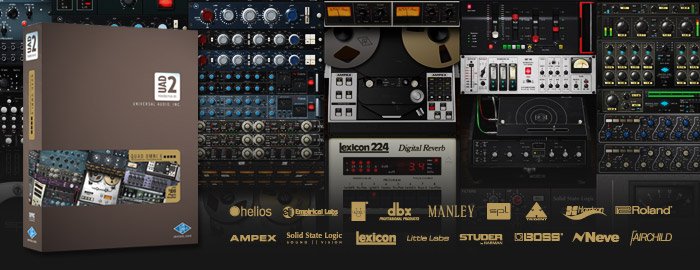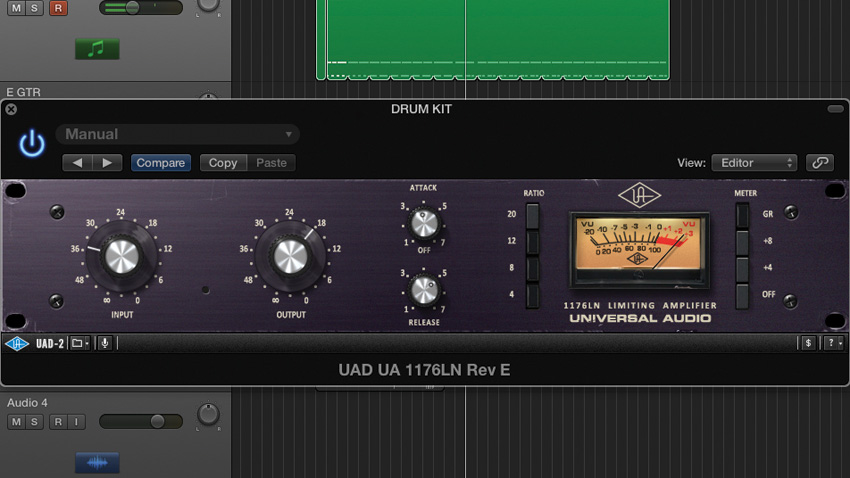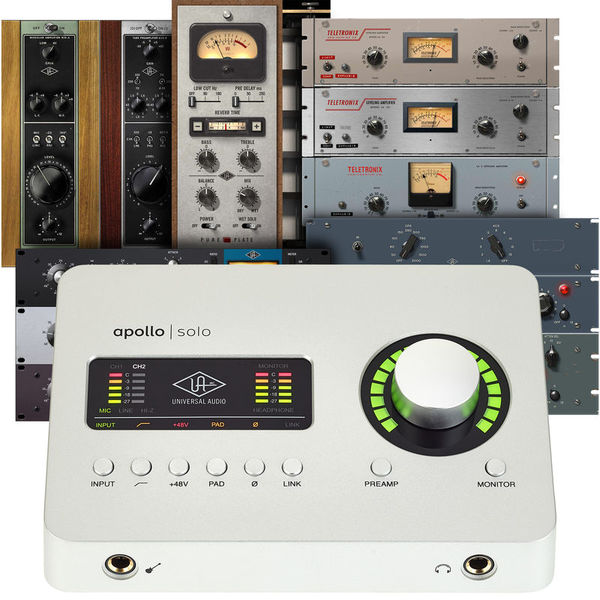

It’s the way of the future, I’m telling you. Imagine having all that gear in the palm of your hand.

Of course, you could always record with a “dry” signal and insert the effect post, but this option can make the recording process much more accurate and enjoyable. Remember when I said that your UAD audio interface “transforms” into the plugin you’re using? Well, it’s more like having an entire rack of effects inside your audio interface.Īll the processing is done internally before the signal even reaches your DAW. Universal Audio solves that issue once and for all by incorporating DSP into their audio interfaces.ĭSP in itself isn’t new, it’s just the way that it’s being used that makes it revolutionary.Īn excellent way to visualize all of this is like plugging into the actual hardware. In other words, you wouldn’t be capable of recording guitar/bass into one of these amp modelling plugins without experiencing some form of audio latency. The problem with conventional audio interfaces and plugins is the issues with audio latency during the recording stage. In layman’s terms, that means you can run your UAD plugins in zero-latency without using your computer’s CPU.įor you guitar/bass players out there, that’s some terrific news! My personal favourite feature of Universal Audio plugins is the ability to host them using your audio interface’s onboard-DSP acceleration. Universal Audio plugins are better because of their integration with onboard-DSP acceleration The original manufacturers have approved of every plugin prior to its release, so that’s some pretty serious accountability. Universal Audio “borrows” the schematics from them and replicates the device circuit by circuit until it sounds EXACTLY like the original.

Well, if you were Universal Audio, you would partner up with the manufacturer. If I wanted to recreate the sound of the Teletronix LA-2A, how would I go about doing that? We’re not comparing Universal Audio to other high-quality plugin manufacturers YET, but we are making the distinction between lower-quality plugins (like the ones you can get for free). Instead of simply creating a “snapshot” of the actual sound, Universal Audio and other reputable plugin manufacturers recreate the analog circuitry in the digital world. It’s even more important when the plugins were designed to emulate an ACTUAL piece of hardware. The main difference between high-quality analog modelled plugins is the amount of work that goes into making them. The first thing we need to understand is the difference between digital modelling and analog modelling (or physical modelling). If you use UAD plug-ins and want to get that "release-ready" sound for your songs, you'll want to watch "Mastering with UAD Plug-ins" to give your tracks the polish they deserve.Universal Audio plugins are better because of their analog modelling (physical modelling) technology Beginning with tape emulation and corrective EQ to bring out the best in the recordings, he moves on to shaping the overall sound with compression and additional EQ, before finishing with specific tricks for getting the vocal to sit just right.

That leads into his overview of the mastering process, and how judicious use of the right UAD plug-ins can really make your songs sparkle and pop.įrom there, Matt takes you through his complete mastering chain, explaining what every UAD Plug-in he uses does in the process. Matt begins by introducing two songs, and letting you hear the difference between the unmastered and mastered versions.
#How to enable uad plugins logic how to
UAD guru Matt Whatley is back, this time showing you how to Master with some of the most popular mastering plug-ins from UA Audio! Mastering can make the difference between dull sounding recordings and exciting tracks, but you need the right tools, and you need to know how to use them.


 0 kommentar(er)
0 kommentar(er)
